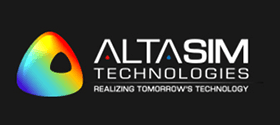Using Voids in COMSOL
In this month’s tips and tricks video, I share a tip I learned last month at the COMSOL Conference in Boston related to model voids. I will explain what voids are and how you can use them to improve your modeling workflow, particularly with the specific types of geometries I demonstrate. Click below to watch […]
Using Voids in COMSOL Read More »
